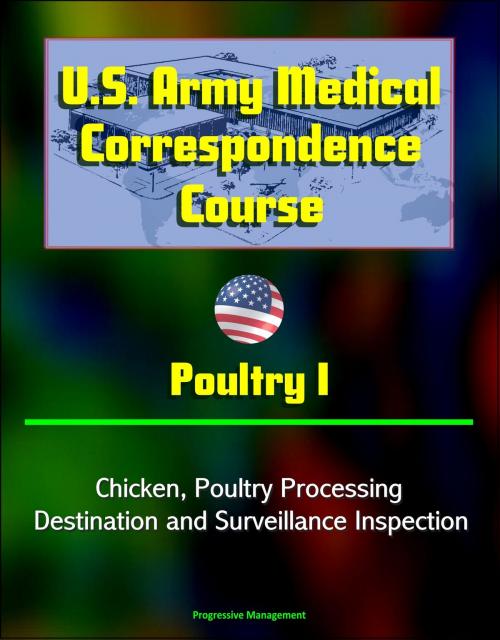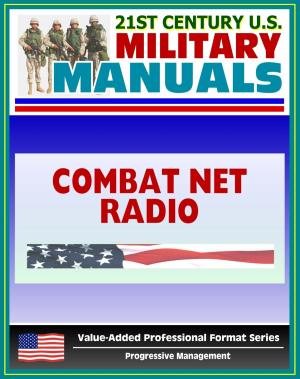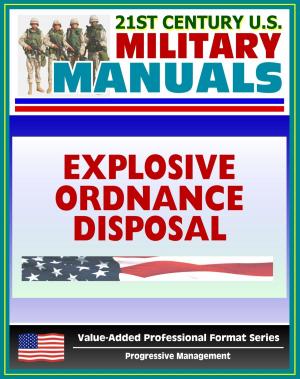U.S. Army Medical Correspondence Course: Poultry I - Chicken, Poultry Processing, Destination and Surveillance Inspection
Nonfiction, Food & Drink, Meats & Dairy, Poultry| Author: | Progressive Management | ISBN: | 9781311200990 |
| Publisher: | Progressive Management | Publication: | October 17, 2014 |
| Imprint: | Smashwords Edition | Language: | English |
| Author: | Progressive Management |
| ISBN: | 9781311200990 |
| Publisher: | Progressive Management |
| Publication: | October 17, 2014 |
| Imprint: | Smashwords Edition |
| Language: | English |
The veterinary food inspection specialist performs inspection of poultry when it reaches its initial destination and during storage. Chicken is the most common form of poultry bought by the military services. It is a highly perishable product and thorough inspection must be performed. The veterinary food inspection specialist must verify the class, type, style, weight range, and condition of the product. The purpose of this subcourse is to provide you with basic (introductory) knowledge concerning the processing, packaging, and inspection of chicken.
A veterinary food inspection specialist needs to have a working knowledge of the anatomical features of chickens. In order to understand the standard cuts of chicken that are sold to the general public and to the military services, it is necessary to know where the joints are located and what bones are included in the meaty portions of a chicken. The killing of chickens and the preparation of carcasses for market are discussed in lesson one. Product requirements are described in lesson two. Both lessons refer to specific anatomical features of chickens.
CHAPTER 1 - POULTRY PROCESSING * Exercises * CHAPTER 2 - DESTINATION AND SURVEILLANCE INSPECTION OF POULTRY (CHICKEN) * Section I. Destination Inspection of Poultry (Chicken) * Section II. Surveillance Inspection of Poultry (Chicken) Exercises
The veterinary food inspection specialist performs inspection of poultry when it reaches its initial destination and during storage. Chicken is the most common form of poultry bought by the military services. It is a highly perishable product and thorough inspection must be performed. The veterinary food inspection specialist must verify the class, type, style, weight range, and condition of the product. The purpose of this subcourse is to provide you with basic (introductory) knowledge concerning the processing, packaging, and inspection of chicken.
A veterinary food inspection specialist needs to have a working knowledge of the anatomical features of chickens. In order to understand the standard cuts of chicken that are sold to the general public and to the military services, it is necessary to know where the joints are located and what bones are included in the meaty portions of a chicken. The killing of chickens and the preparation of carcasses for market are discussed in lesson one. Product requirements are described in lesson two. Both lessons refer to specific anatomical features of chickens.
CHAPTER 1 - POULTRY PROCESSING * Exercises * CHAPTER 2 - DESTINATION AND SURVEILLANCE INSPECTION OF POULTRY (CHICKEN) * Section I. Destination Inspection of Poultry (Chicken) * Section II. Surveillance Inspection of Poultry (Chicken) Exercises















